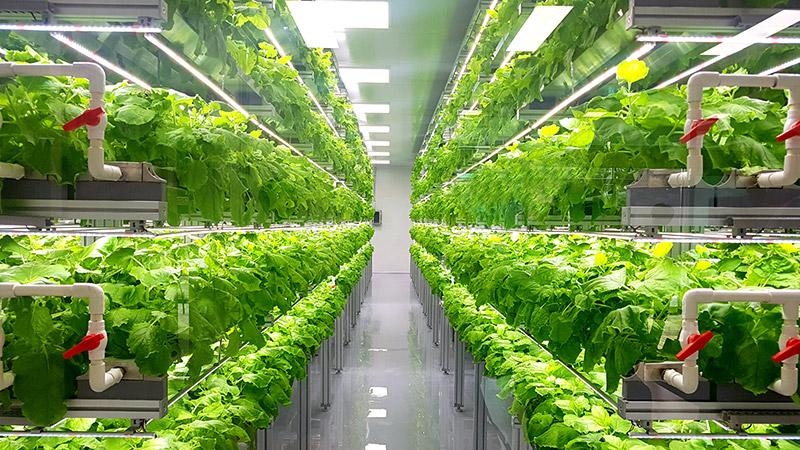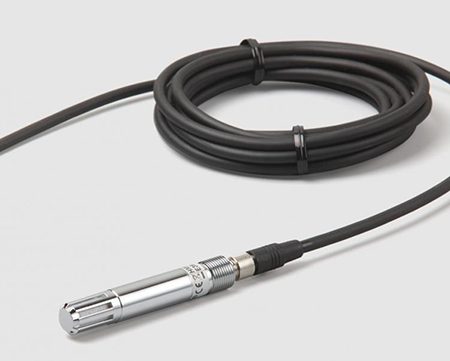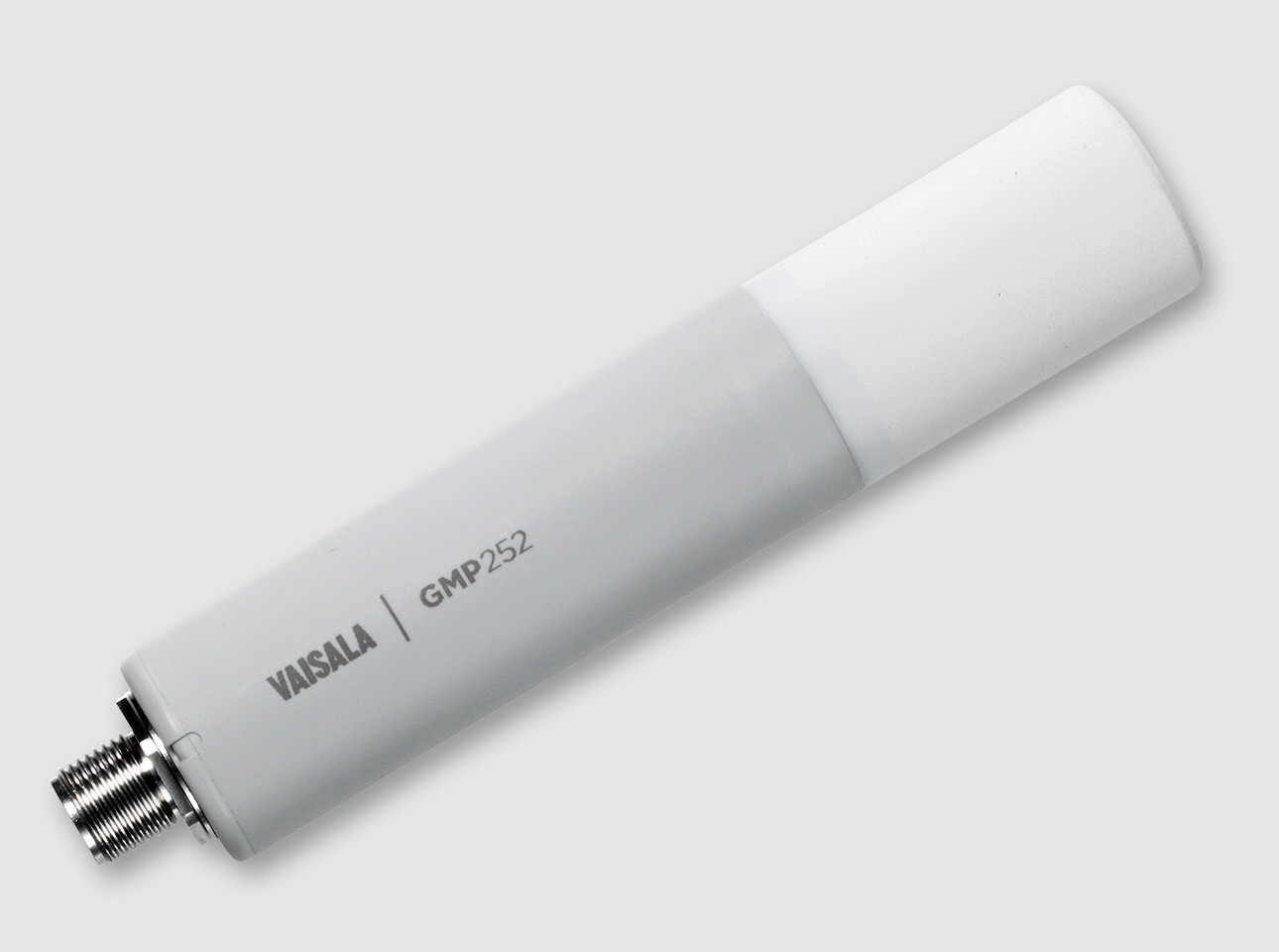Elevated vertical farming using Vaisala humidity and CO2 measurements
Vertical farming is looking up – quite literally. No sun, no soil, no vast expanse of land? No problem. At least not for indoor vertical farming.
With vertical farming, we don’t have to worry about outdoor conditions. Plants can be grown year-round in urban areas close to the dense part of a city.
Using a sophisticated mix of artificial intelligence (AI), sensors, data modeling and robotics, vertical farming technology tends to each plant’s individual needs at high levels of efficiency and precision. But sensors and their data play the most pivotal role. The plants are telling exactly what they want, so the growth conditions can be adjusted according to that. Every minute, data is collected using Vaisala sensor to measure and maintain the conditions most important for plant growth and using that information to build something special for each customer.
Industry Overview
Total control of the growing environment – 24/7/365 – in small spaces governed by known and emerging technologies are farming’s oft-cited competitive advantages over other types of farming. Vertical farming also is known for efficient resource management. For example, with the hydroponics approach, growing plants in a solution of water and nutrients, it is possible to use 97% less land and up to 95% less water than traditional farming.
Vertical farming attempts to take the uncertainties of agriculture – pests, sunlight, soil, etc. – and makes them controllable through various combinations of AI, artificial light, sensor monitoring, climate control systems, etc. Crops are stacked in layers or rows sometimes 20 to 30 feet high. LED lights are used by all vertical farms to create a specific light recipe for each plant, giving the greens the exact spectrum, intensity and frequency needed for photosynthesis. LEDs offer several benefits, such as: exceptional color range, longevity, low radiated heat and energy-efficiency. They can also be recycled and don’t contain any toxic compounds or elements like mercury. Different types of crops prefer different types of lighting. For example, leafy greens and vegetative crops prefer light towards the blue side of the spectrum; whereas fruiting and flowering crops may need something more along the red spectrum.
Vaisala Sensors
So, why Vaisala? There are several reasons:
- accurate measurement and reliable data
- peace of mind one gets when knowing that your vertical farming facility is functioning properly.
- excellent support you receive when integrating the technology into our engineering
- all the critical monitoring parameters from one provider - humidity, CO2 and temperature
Vaisala’s HMP110 humidity and temperature probes and GMP252 CO2 probes distributed throughout the entire growing environment, not only gather data in real time. With post-analysis of big data, one can review the growth history of the plants and learn from it.
Future
As the world’s population expands, projected to reach 9 billion by 2050, so too does the amount of fruits and vegetables needed to sustain it. There is only so much farmland to accommodate the increase in fresh food required for life. The U.S. Department of Agriculture, investors, and entrepreneurs alike are acknowledging vertical farming as having the potential to strengthen the global food system. And vertical farming startups backed by significant venture capital, are paving the way to deliver new solutions that efficiently deliver fresh and healthy food to people.
For more information, please Contact Us.


